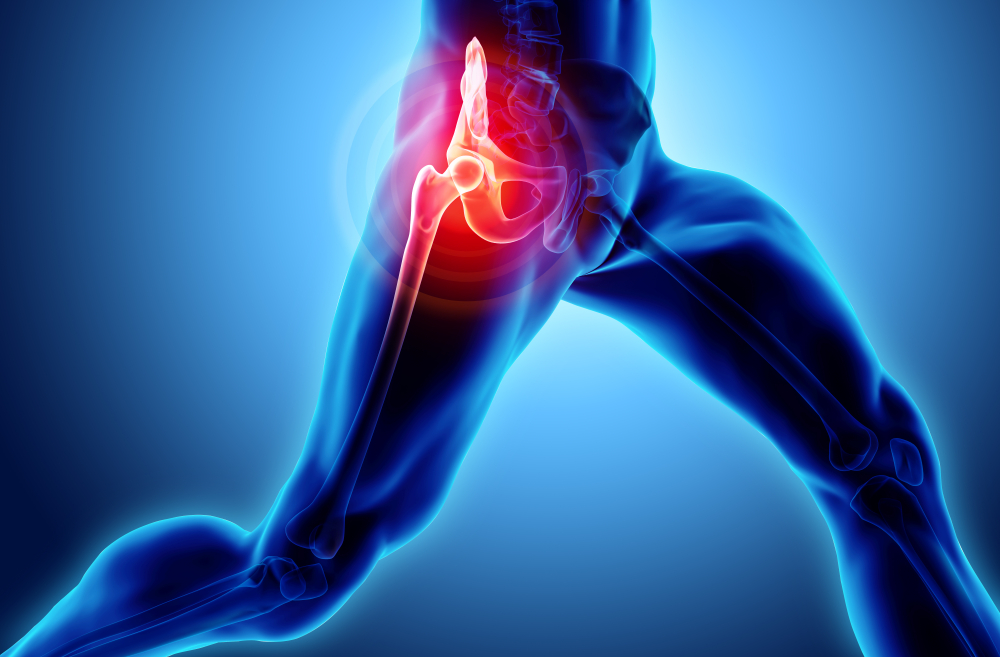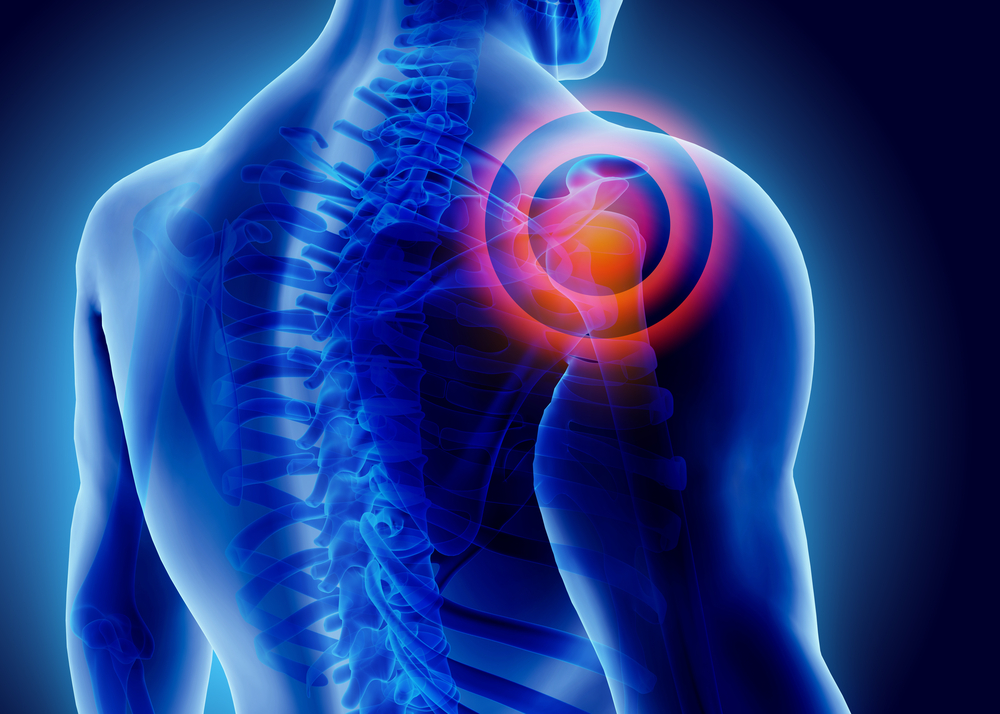Malnutrition, often accompanied by low serum levels of micronutrients, was common in HIV-infection prior to the introduction of highly active antiretroviral (HAART), and is still common in much of the world that has limited access to antiretroviral (ART). Chronic diarrhea, anorexia, malabsorption, impaired nutrient storage, increased energy demands and altered metabolism were the primary contributors to these nutritional deficiencies. Today, macronutrient deficiencies are less common and less severe in HIV-infected populations living in resource-sufficient countries. However, following the introduction of HAART, new questions about the importance of micronutrients in HIV infection are emerging.
One of the most vexing issues facing HIV-positive individuals in the developed world today is fat redistribution or lipodystrophy syndrome, characterized by subcutaneous fat wasting, visceral fat accumulation, lipid abnormalities, and insulin resistance or glucose intolerance. Certain aspects of this syndrome may be associated with oxidative stress, thereby increasing the body"s demand for certain antioxidants and potentially the need for micronutrient supplementation. HAART medications may increase oxidative stress levels above and beyond levels caused by the virus itself. The potential for HIV infection and its results to be associated with an increased risk for cardiovascular disease is real and there may also be a role for antioxidants in ameliorating this risk.


